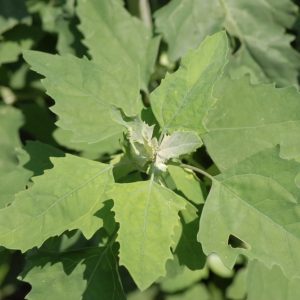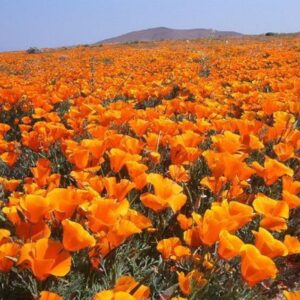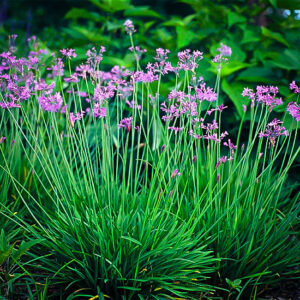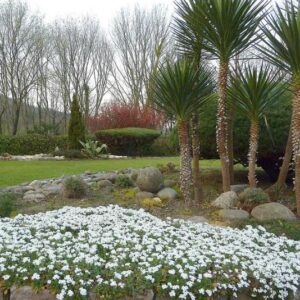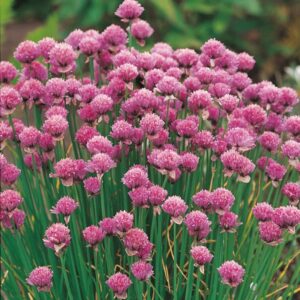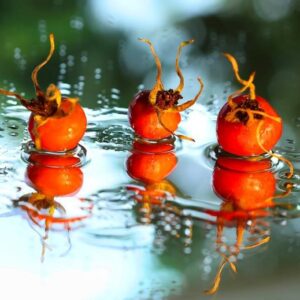$4.32
/ per pack
Choose seeds per pack:
Botanical nomenclature: Galium verum subsp. verum
Common name: curd grass, cheese curd, milk curd, gallium, yellow bedstraw, ladys bedstraw
Family: rubiaceae
Origin: Europe and Asia
Height: 30 – 60 centimeters
Brightness: full sun, partial shading
Galium verum is a perennial herbaceous plant in the same family as coffee; widespread in most of Europe, North Africa and Asia. It is naturalized in Tasmania, New Zealand and the United States.
It is a cosmopolitan genre, well represented in the temperate zones of Eurasia, North America and Mexico, but also present in cold temperate zones in the high mountains of tropical regions.
The yellow flowers are produced in dense clusters and exude an intense fragrance of honey and vanilla.
In the past, dried plants were used to fill mattresses, as the plant’s coumarin scent acts as a flea repellent.
The leaves of the herb are edible and are usually added to salads and soups.
The common name ladys bedstraw is a reference in association with the Virgin Mary.
The etymology of the generic name (galium) derives from the Greek word (gala), which means milk, an allusion to the use of the species as a source of rennet for milk. For a long time, the rennet from the whole plant and the flowers were used for the coagulation of milk and the production of cheese. In gloucestershire (county in south west england) flowers were used to color the famous and traditional gloucester cheese.
In addition to the yellow food coloring of the flowers, a splendid coral red color is produced from the roots of the plant.
Some therapeutic properties are attributed to the plant galium verum, to name just a few, as a purifier of the kidneys, liver, pancreas and spleen of toxic substances; disorders of the lymphatic glands among several others. In external use it is reported that the infusion of the plant helps to quickly heal serious wounds on the skin.
Scientific studies have shown that the plant strongly inhibits the motility of head and neck cancer cell lines and protects the keratinocytes of the mucosa against toxic DNA damage.
In its habitat, gallium can be found on dry and poor soils, at the edges of roads, meadows, open forests, hillsides and close to the sea at altitudes up to 2,600 meters.
The species is easy to adapt, quite rustic in cultivation and resistant to drought and frost after well established.
| Weight | N/A |
|---|
